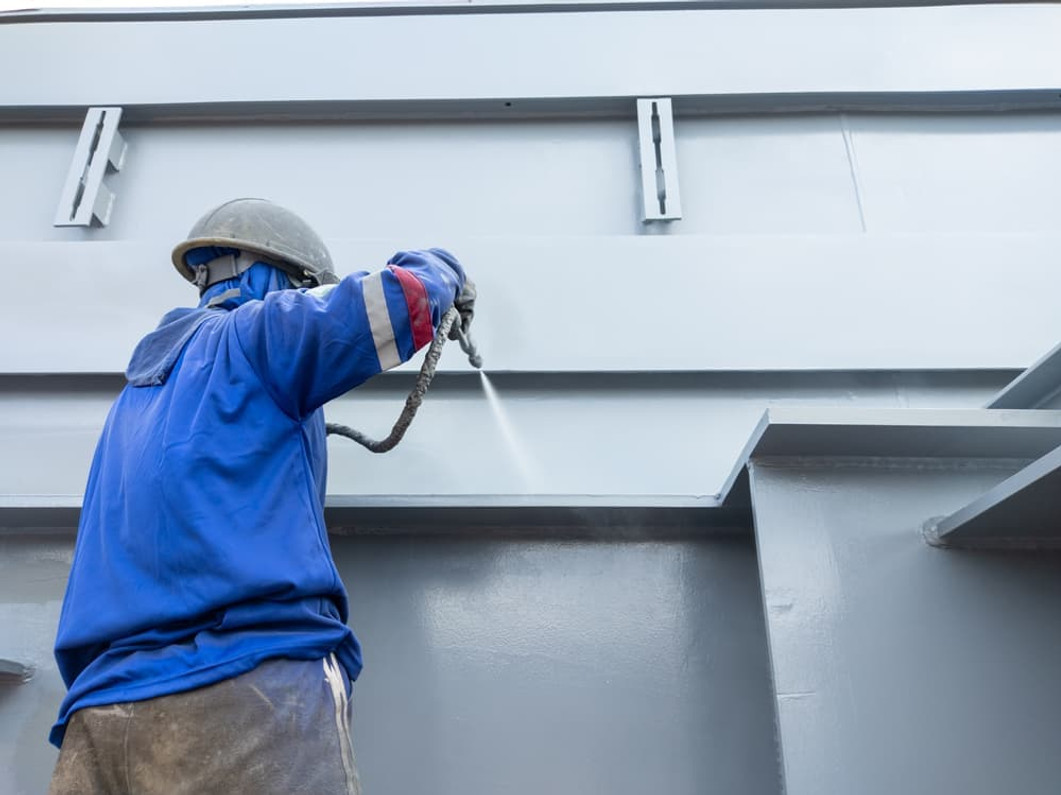Complete Guide to Intumescent Paint
Intumescent paint, also known as fire-retardant paint, is a specialized coating designed to protect various structures from the devastating effects of fire. Its unique property lies in its ability to expand and create an insulating char layer when exposed to high temperatures. This expansion forms a protective barrier, preventing the heat from reaching the underlying structure and buying valuable time for evacuation and firefighting efforts.
The inception of intumescent paint can be traced back to the early 19th century when scientists and inventors recognized the need for enhanced fire safety measures.
The primary goal was to develop a solution to minimize fire-related damages, preserve structural integrity, and save lives. Through continuous research and innovation, intumescent paint emerged as a promising technology to achieve these objectives.
Over the years, the formulation and application of intumescent paint have undergone significant advancements. Early intumescent coatings were primarily based on combinations of mineral and organic binders.

These paints offered limited fire protection, and their application could have been more convenient. However, as scientific knowledge expanded, researchers developed more sophisticated formulations that improved fire resistance and ease of use.
With modern chemistry and advanced materials, intumescent paint has become more efficient, reliable, and adaptable to various applications. Today, these paints can be tailored to provide varying levels of fire protection, depending on the specific requirements of a structure.
Intumescent paint has gained immense importance in the United States due to its ability to mitigate fire hazards and enhance overall building safety. The country has stringent fire safety regulations, and intumescent coatings are vital in meeting these requirements.
From high-rise buildings to educational institutions, and hospitals to transportation infrastructure, intumescent paint is crucial in safeguarding lives and properties from the devastating impact of fire incidents.
This complete guide will delve into the science behind intumescent paint, explore its various applications, and provide valuable insights into these coatings' selection, application, and maintenance.
What Is Fire Retardant Paint?
Fire retardant paint is a specialized type of paint that contains additives to slow down the spread of flames in the event of a fire. These additives, typically phosphorus or nitrogen compounds, react when exposed to heat and flame, creating an oxygen-starved environment that hinders a fire's progress.
These fire retardant paint works by interrupting the "fire triangle," which consists of oxygen, fuel, and heat. When the additives in the paint react with oxygen and water vapor, they create an insulating foam that delays the spread of flames and reduces flammability.
They can be applied to various objects in both commercial and residential settings, including plywood, steel, furniture, and doors.
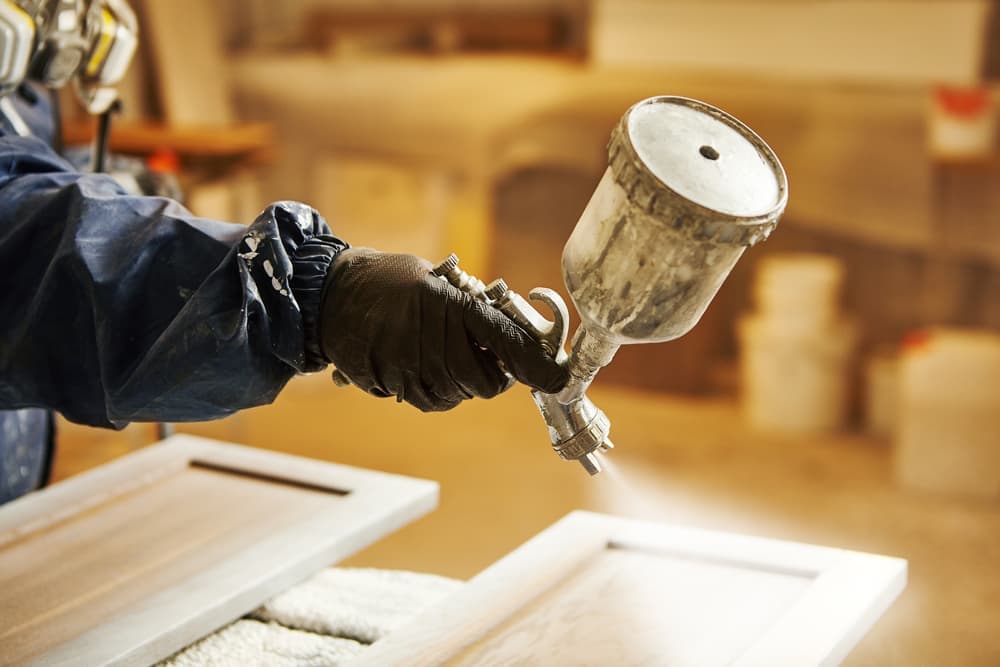
There is also a specific type of fire retardant paint called intumescent paint formulated for wood and other combustible materials like paper and fabric. Intumescent paint not only slows down the spread of flames but also provides additional time for people to safely evacuate a building before exposure to dangerous levels of smoke and heat.
Regarding the application process, fire retardant paints are easier than traditional water-based paints, particularly on surfaces like wood where proper adhesion is crucial.
Furthermore, using fire retardant paint offers several benefits for businesses:
- It improves safety by reducing the risk of fires and provides peace of mind knowing there is better protection against potential disasters.
- Using fire retardant paint can also reduce insurance costs due to the lower risk associated with fire incidents.
- Buildings with good fire safety protocols, including fire retardant paint, tend to have higher property values.
- Fire retardant paint contributes to improved air quality as it releases fewer fumes during combustion events.
Can You Paint Over Fire Retardant Paint?
If you're a business owner concerned about fire safety, using fire retardant paint on surfaces like walls and ceilings is a good idea.
When it comes to painting over fire retardant paint, the approach depends on the type of paint used initially.
If the original layer is latex-based, you can apply another layer without issues. However, adding another coat of paint on top is not recommended if the initial layer is oil-based. Oil-based paints do not adhere well to other paints and may eventually peel off.
There are a few tips to remember to achieve the best results when painting over fire retardant paint:
- First, ensure that the original layer is completely dry before painting. If it's not dry, the new coat won't adhere properly and may start peeling soon after application.
- It's also a good idea to test small patches before painting the entire area to check for any adhesion or compatibility issues between the old and new coats of paint.
- Using a primer before painting is crucial as it promotes better adhesion and prevents potential problems.
- If you're painting over an oil-based layer, thoroughly clean all surfaces beforehand to avoid dust or dirt particles that could disrupt adhesion and result in a poor finish or later peeling.
- Brushes should be used instead of rollers for better coverage and a more even finish; Brushes will help minimize streaks throughout the painted surface(s).
In conclusion, fire retardant paints can provide sufficient protection in case of fires. When painting over fire retardant paint, consider the type of paint used initially and follow the tips mentioned above for the best results.
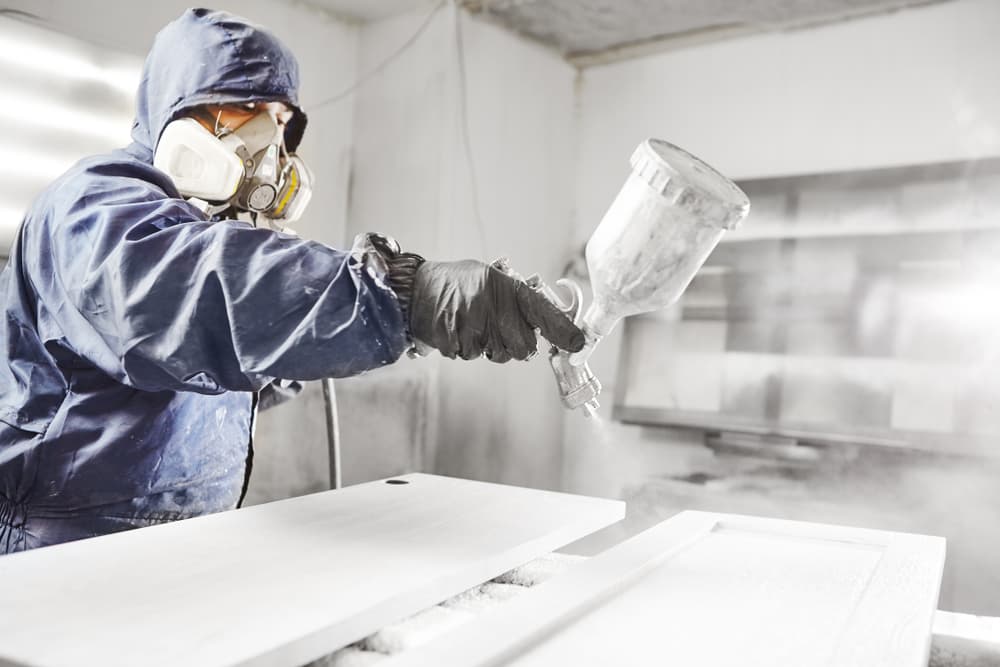
How Much Does Intumescent Paint Cost?
The price of fire-resistant paint can vary based on several factors, such as the size of the area to be coated, the type and quality of the paint, and the labor costs involved in the application. Generally, intumescent paint is more expensive than regular paint due to its specialized fire-resistant properties.
Intumescent paint costs are typically calculated per square foot or gallon. On average, the price can range from $4 to $10 per square foot or $40 to $100 per gallon, depending on the abovementioned factors. It's also important to note that these figures are estimates and may vary depending on the specific requirements of the project and the region.
Investing in intumescent paint is worthwhile considering fire incidents' potential risks and consequences. The paint cost is small compared to the possible loss of life, property damage, and business disruption resulting from a fire.
While the cost of intumescent paint may be higher than regular paint, its added protection and peace of mind make it a valuable investment for businesses and contractors. Prioritizing fire safety measures and incorporating intumescent paint can help mitigate the risks associated with fires and ensure the well-being of occupants and property preservation.
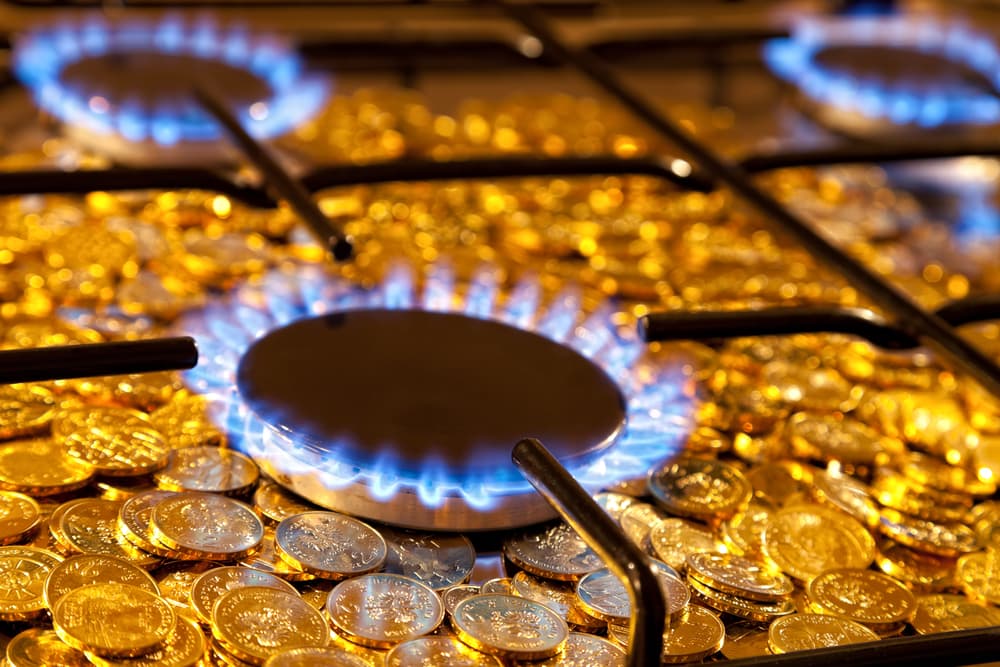
How to Apply Fire Retardant Paint?
Regarding their usage, fire retardant paints can be applied to various surfaces, including steel, fabrics, drywall, wood, and plastics. However, it's important to note that while some intumescent paints offer water resistance, they are generally not completely waterproof. This means that moisture can compromise their fire-retardant properties, so it's crucial to choose an appropriate paint that meets your specific needs and consult the manufacturer's guidelines.
Applying fire retardant spray is a straightforward process that involves a few key steps. Here are some of the most essentials:
- Select the appropriate type of fire retardant spray for the material you intend to protect. Seeking assistance from experts can help you make the right choice.
- Prepare the surface by ensuring it is clean, dry, and free from debris or dust. Wiping the surface with a damp cloth or sponge can achieve this.
- Before applying the spray to the entire surface, perform a small test spray on a small area to ensure compatibility with the material.
- Spray the surface using a standard paint sprayer. Maintain a distance of 8-10 inches and cover the entire surface evenly, avoiding oversaturation. A rotating tip can be used for hard-to-reach areas, and a brush can be used for touch-ups or smaller areas.
- Allow the sprayed surface to dry completely, considering that drying time may vary depending on the type of spray and the material being treated.
- If desired, reapply the spray after the initial coat has dried entirely to achieve a higher level of protection. It is advisable to wait approximately 24 hours for the first coat to dry, considering factors such as temperature and humidity.
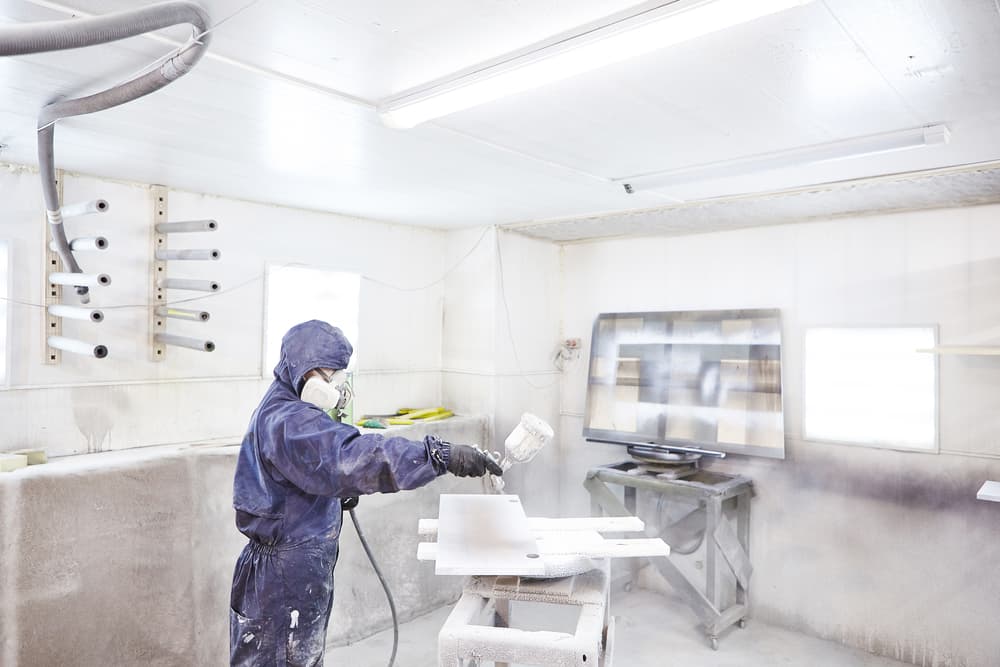
Is Fire Retardant Paint Toxic?
Even though retardants have become popular choices for protecting buildings and occupants from fires, concerns have been raised regarding the toxicity of these products, particularly those containing chemicals like bromine or chlorine.
The fire retardant (FR) industry has been actively phasing out the use of toxic materials and "forever chemicals," instead opting for non-toxic alternatives.
The National Institute of Environmental Health Sciences (NIEHS) warns that certain fire retardants can be harmful and negatively affect the nervous, reproductive, and endocrine systems.
The Environmental Protection Agency (EPA) shares concerns about specific polybrominated diphenyl ethers (PBDEs) found in consumer products like mattresses, furniture, and electronics.
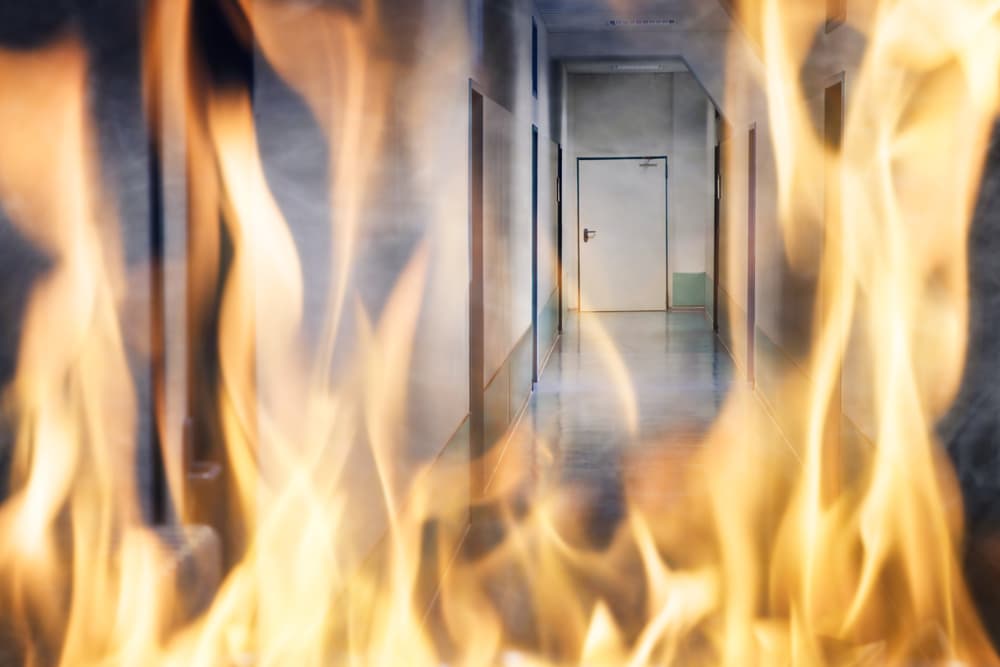
PBDEs can accumulate in human tissue and have been linked to developmental delays, reproductive problems, and thyroid issues. Studies have also indicated an increased risk of certain cancers for firefighters and individuals regularly exposed to fire retardants.
There are regulations in the United States for fire retardant paint to address safety concerns. The National Fire Protection Association (NFPA), a non-profit organization, establishes standards to minimize fire hazards. These standards ensure that fire retardant paint meets criteria such as preventing the spread of flames and reducing smoke production during fires.
Additionally, the Occupational Safety and Health Administration (OSHA) has set regulations for the handling and use of fire retardant paint to protect workers who apply the paint.
In summary, the FR industry actively phases out toxic materials and prioritizes non-toxic alternatives. Regardless, it is still important for business owners and building contractors to stay informed about the latest regulations and choose fire retardant products that prioritize safety and minimize potential health risks.
How Thick Is Intumescent Paint?
One common question among business owners is the thickness of intumescent paint for effective protection.
Several important metrics should be considered when using intumescent paint to ensure quality assurance.
- First is the thickness of the paint itself. This measurement is crucial in determining the effectiveness of the fire protection provided.
- Another key factor is the type of substrate the paint will be applied to. Different surfaces may require specific paint thicknesses to achieve optimal protection.
- Lastly, the duration of protection required should be taken into account. Certain environments or regulations may demand specific durability standards for the paint.
To determine the expansion capacity of intumescent paint, one must consider the product being used and the conditions of the building. Generally, intumescent paint can expand up to 50 times its original thickness.
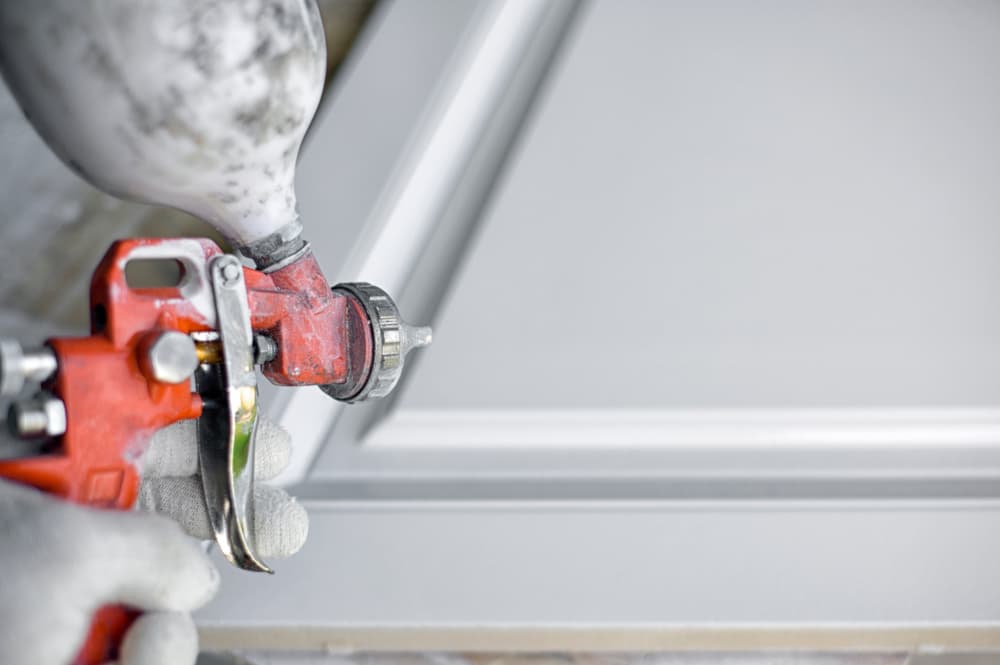
For example, a 1 mm thick layer of paint can expand to form a coating that is 50 mm thick. However, it's important to note that not all intumescent paint is designed to expand to this extent.
To obtain accurate specifications for your building's requirements, it is advisable to consult experienced professionals in intumescent paint. They can guide you in selecting the appropriate paint thickness, considering factors such as substrate type, desired duration of protection, and adherence to relevant standards.
Ensure Fire Safety with High-Quality Intumescent Paint and Fire Retardants
In conclusion, intumescent paint and fire retardant coatings protect structures and occupants from the devastating effects of fire incidents. Thanks to continuous research and innovation, these specialized coatings have evolved and enhanced fire resistance and ease of application.
At RDR Technologies, we understand the importance of fire safety and offer a wide range of fire retardants, fire suppressants, and specialty chemicals. As the only national distributor for multiple manufacturers, we pride ourselves on recommending the best product for the job, not just what we sell. We aim to provide the "best in class" products for each code requirement and substrate.
We also offer personalized assistance to help you select the right fire retardant for your specific needs. Whether you have a special requirement or need guidance from inspectors and code officials, our knowledgeable team is here to assist you. Contact us at 405-704-3651 or email doug@rdrtechnologies.com, and we will ensure you get the correct product for your project.
Remember, fire safety is a collective responsibility. Let us work together to protect lives, properties, and communities from the devastating impact of fire incidents. Take action today by prioritizing fire safety measures and incorporating fire retardant coatings into your projects.
Recent Posts
-
How Often Do Wildfires Occur
Wildfires are a natural phenomenon that have shaped landscapes for millions of years. However, in re …Jul 10th 2024 -
How to Stop Wildfires
Wildfires pose a significant threat to both human life and the environment, causing extensive damage …Jul 10th 2024 -
Where Do Wildfires Occur?
Wildfires, powerful and often destructive natural events, occur worldwide, fueled by various factors …Jul 10th 2024

